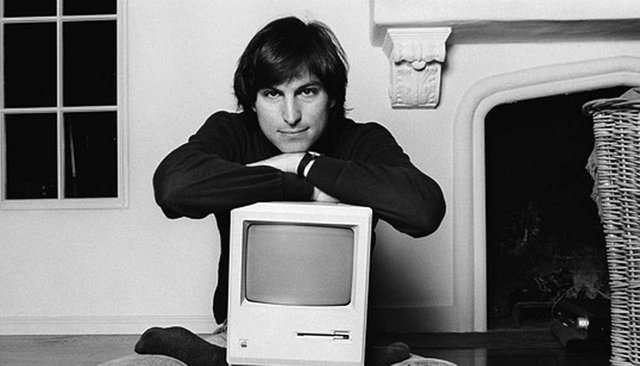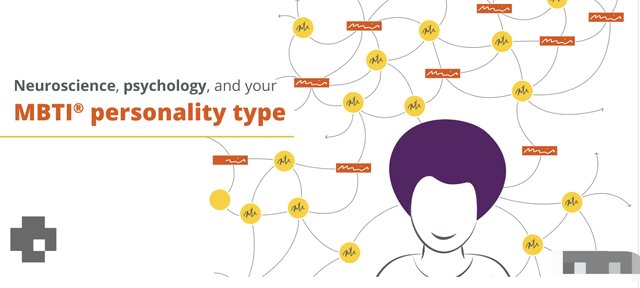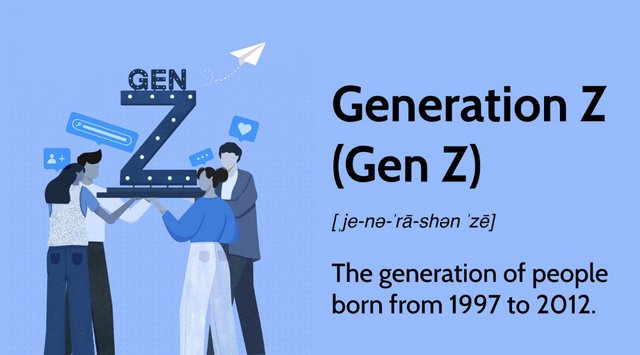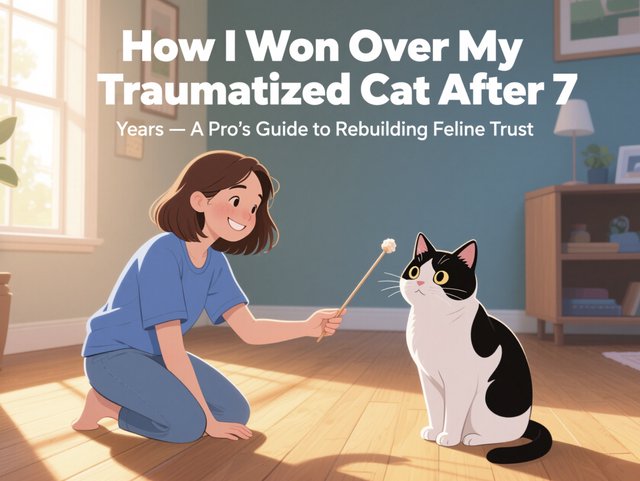Why You Need ‘Useless’ Beauty in Your Life: The MBTI Psychology Behind Aesthetic Joy
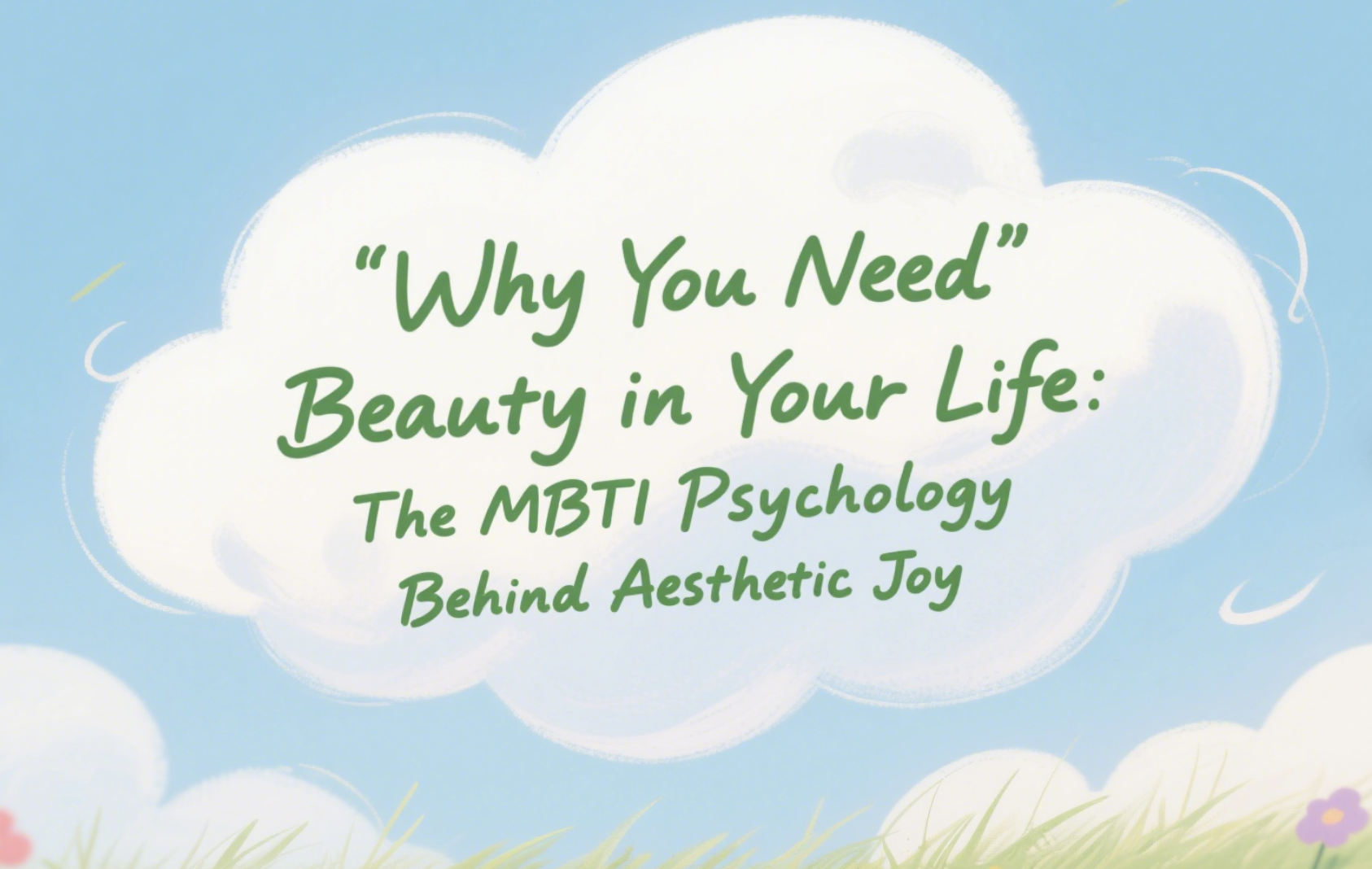
The Psychology of Beauty: Why “Useless” Aesthetic Objects Matter for Your Personality
The Allure of the Impractical
In a world obsessed with productivity and utility, we often forget the profound impact of beauty on our mental well-being. Consider the capsule-shaped Bluetooth earbuds described earlier: their sound quality is mediocre, their design impractical, yet their owner cherishes them purely for their aesthetic appeal. This isn’t frivolity—it’s a psychological need. For certain MBTI types, particularly INFPs, ISFPs, and ENFPs, sensory and visual pleasure isn’t just a luxury; it’s a core part of emotional equilibrium.
MBTI and the Appreciation of Aesthetics
Personality psychology reveals that Intuitive-Feeling (NF) and Sensing-Feeling (SF) types are disproportionately drawn to beauty as a form of self-expression and inner harmony.
INFPs (The Mediators): For these idealists, beauty symbolizes authenticity and emotional depth. A beautifully crafted object—like the translucent capsule earbuds—becomes a talisman of creativity, a reminder to seek wonder in the mundane.
ISFPs (The Artists): As sensory-driven personalities, ISFPs derive joy from tactile and visual experiences. The wooden plank with its striking grain isn’t just furniture; it’s a canvas for their appreciation of nature’s artistry.
ENFPs (The Innovators): These types revel in novelty and symbolism. An unconventional item like an earbud designed as a pill capsule sparks their imagination, aligning with their love for metaphor and playfulness.
Even for Thinking types (e.g., INTJs or ENTJs), aesthetic objects can serve as counterbalances to logic-driven lives, offering moments of subconscious respite.The Privilege of Beauty: A Psychological Safe Haven
The author’s comparison of the earbuds to a pampered cat is revealing. Both are “useless” in a functional sense, yet their beauty grants them immunity from criticism. This mirrors a psychological phenomenon: humans instinctively protect what they perceive as beautiful, whether it’s art, nature, or even relationships. Studies in environmental psychology show that exposure to aesthetically pleasing environments reduces cortisol levels, fostering calm and focus.
For high-stress professionals—especially TJ types (e.g., ESTJs, ISTPs)—incorporating “useless” beauty into workspaces (e.g., a minimalist sculpture or a curated playlist) can mitigate burnout by creating micro-moments of joy.The Spiritual Dimension: Beauty as a Mirror of the Self
The author’s reflection—“the world is a projection of my mind”—echoes Jungian concepts central to MBTI theory. When we surround ourselves with beauty, we subconsciously affirm our inner worth. This is particularly vital for Fi-dominant types (INFPs, ISFPs), whose self-concept is deeply tied to personal values and authenticity. A flawed but beautiful object becomes a metaphor for self-acceptance: it doesn’t need to be perfect to be cherished.
Practical Takeaways: How to Integrate Aesthetic Joy
For Career-Driven Types (NTs, STJs): Pair functional tools with aesthetic upgrades. A sleek notebook or a well-designed app can make productivity feel more rewarding.
For Creatives (NFs, SFPs): Dedicate space for “inspiration objects”—a vase, a textured fabric, or even a quirky desk toy—to stimulate innovation.
For High-Stress Roles (SFJs, NTJs): Use beauty as a mindfulness tool. A 5-minute break to admire a view or a favorite object can reset focus.
Conclusion: Defending the “Why”
The author’s closing argument—“no justification needed”—is a radical act in a pragmatic world. Whether it’s an impractical earbud, a cat’s mischief, or a slab of wood, these objects aren’t frivolous. They’re psychological anchors, reminding us that joy doesn’t require utility. For MBTI enthusiasts, this is a call to honor your type’s unique needs: If beauty fuels your soul, let it exist—unapologetically.
ProMbti Insight: Understanding how your MBTI type interacts with aesthetics can refine career choices (e.g., design for SFPs, storytelling for INFPs) and improve life satisfaction. Embrace what resonates, even if it defies logic.

